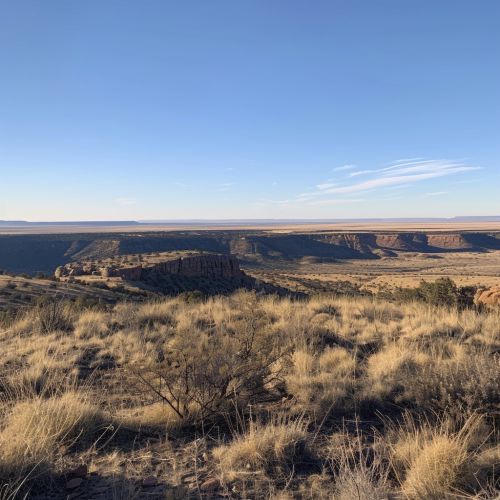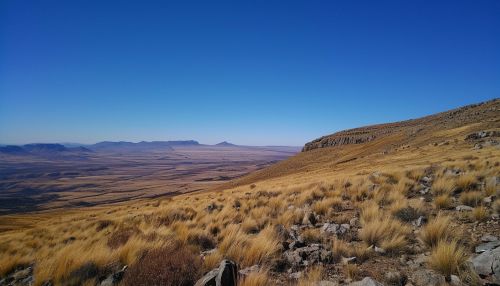Tibetan Plateau
Geography
The Tibetan Plateau, also known as the "Roof of the World," is a vast, elevated plateau in Central Asia. Covering an area of around 2.5 million square kilometers, it extends through several countries, including Tibet, China, India, and Nepal. The plateau is surrounded by imposing mountain ranges, including the Himalayas to the south, the Karakoram Range to the west, and the Kunlun Range to the north. The plateau's average elevation exceeds 4,500 meters, making it the highest and largest plateau in the world.


Geology
The formation of the Tibetan Plateau is a result of tectonic activity. The Indian Plate and the Eurasian Plate collided approximately 50 million years ago, causing the uplift of the plateau. This geological event is known as the Himalayan Orogeny, which continues to this day, causing frequent seismic activity in the region. The plateau is rich in mineral resources, including deposits of gold, copper, and oil.
Climate
The Tibetan Plateau has a harsh, cold desert climate. It experiences low average temperatures, with the coldest month's average temperature below freezing. The plateau receives minimal rainfall due to the rain shadow effect, caused by the surrounding mountain ranges. However, it is the source of many of Asia's major rivers, including the Yangtze, Yellow, and Mekong rivers, earning it the nickname "The Water Tower of Asia."
Flora and Fauna
Despite the harsh climate, the Tibetan Plateau is home to a diverse range of flora and fauna. The vegetation is mainly composed of hardy grasses and shrubs, adapted to the cold and dry conditions. The plateau is also home to several endemic species, including the Tibetan antelope, Tibetan wild ass, and the snow leopard. The region's biodiversity is a subject of extensive scientific research.
Human Settlement
The Tibetan Plateau is sparsely populated due to its harsh climate and difficult terrain. The inhabitants, primarily Tibetans, have adapted to the high altitude and cold temperatures. They practice a form of high-altitude pastoralism, herding yaks, sheep, and goats. The plateau is also home to several important Buddhist monasteries, including the Potala Palace and Jokhang Temple, which are UNESCO World Heritage Sites.
Environmental Concerns
The Tibetan Plateau's environment is fragile and has been affected by climate change and human activities. The plateau's glaciers, which feed into Asia's major rivers, are retreating at an alarming rate. This has serious implications for the water supply of millions of people downstream. Efforts are being made to conserve the plateau's unique ecosystem and mitigate the effects of climate change.
